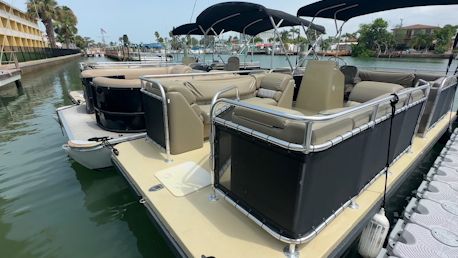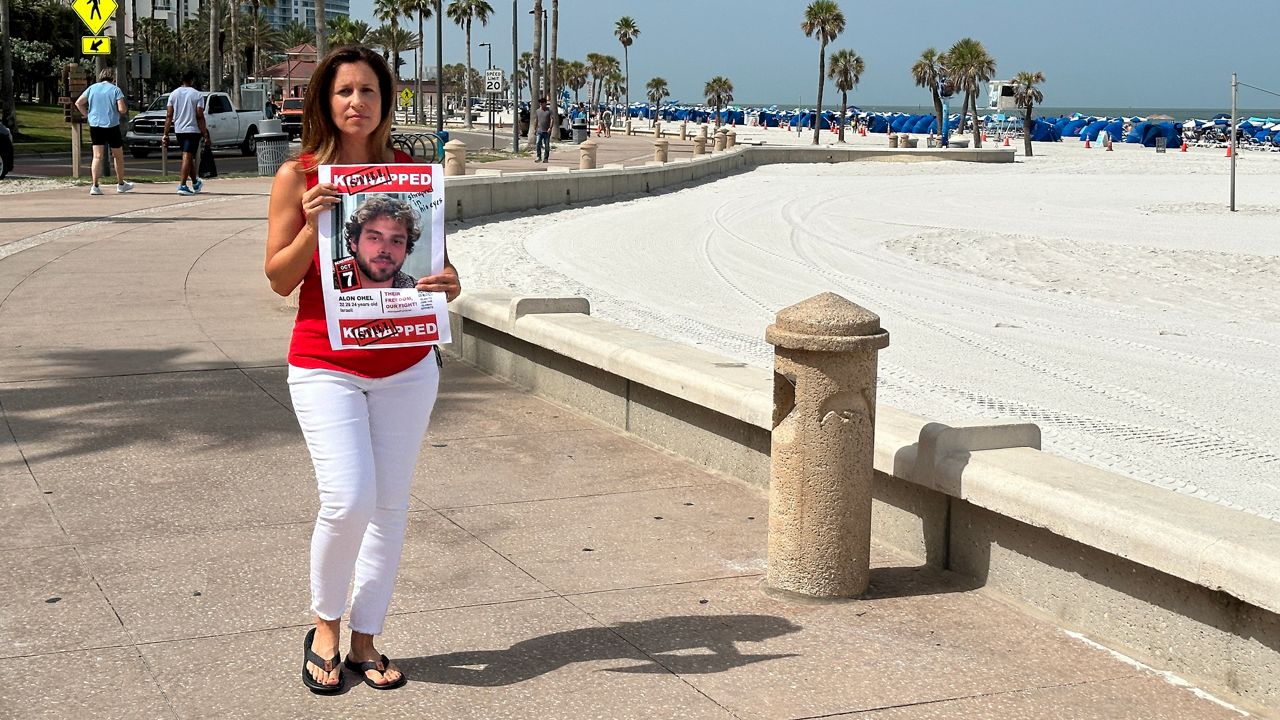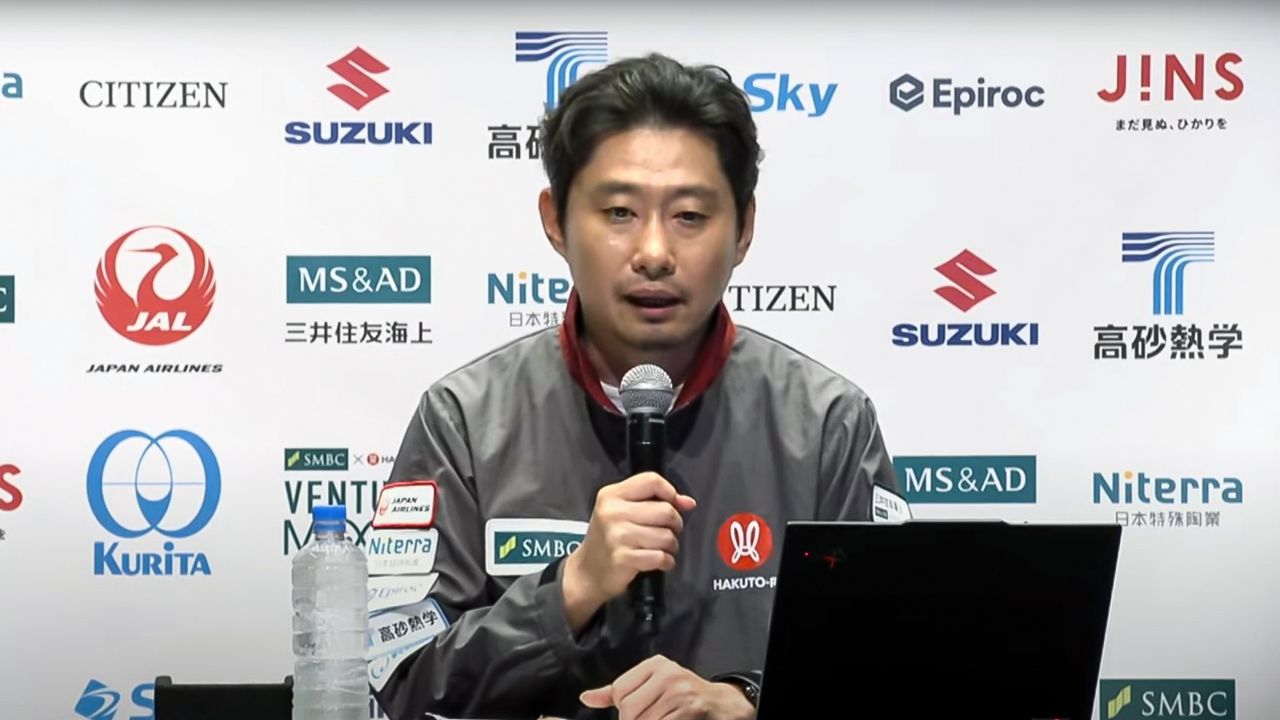After multiple tries to get the traffic in her neighborhood to slow down, a Spectrum Bay News 9 viewer reached out to our Real Time Traffic Expert for help.
What You Need To Know
- Resident says speeding is major problem in New Port Richey neighborhood
- However, several steps are needed before change can be made
- More Traffic Inbox headlines
- Have an Inbox suggestion for Chuck? Click here
Eva Stahura lives in a relatively quiet neighborhood in New Port Richey.
The main road is not an arterial - meaning it isn't a route others use to get to some of the larger streets nearby, like Town Center or Decubellis Road. So you wouldn't think there'd be a big issue with speeding.
"Thirty (mph), really isn't abided by. People race down this road,” she said.
What she's looking for is called “traffic calming” in engineering lingo. That would include speed humps, speed tables and signage, including stop signs. Those things that help keep drivers below the posted speed limit and keep pedestrians and cyclists safer.
So a couple of months ago, she asked about it.
"I attended a Zoom board meeting for our HOA here and had asked them if anybody had ever looked into getting speed humps, or stop signs along the road,” Stahura said. “They dismissed it. Said, ‘Yeah, we looked into it, but it's a county road and it is what it is.’"
In Pasco County there are a set of requirements that need to be met to install a traffic calming device.
First, five neighborhood residents must request traffic calming. Then the street has to pass a warrant study.
Eighty-five percent of traffic has to be traveling at speeds more than 5 mph over the posted speed limit - in this case 35 miles per hour.
The street needs to be 24 feet wide, or less, and the average daily number of cars has to be 3,000 or less.
Then comes the hard work: Getting the buy-in from the residents. Seventy-five percent of all property owners must respond to a petition to install, and of those, 60 percent have to say yes.
It's quite a process. And as for how to pay for it? If approved, the cost is assessed to all property owners regardless of how they voted.








